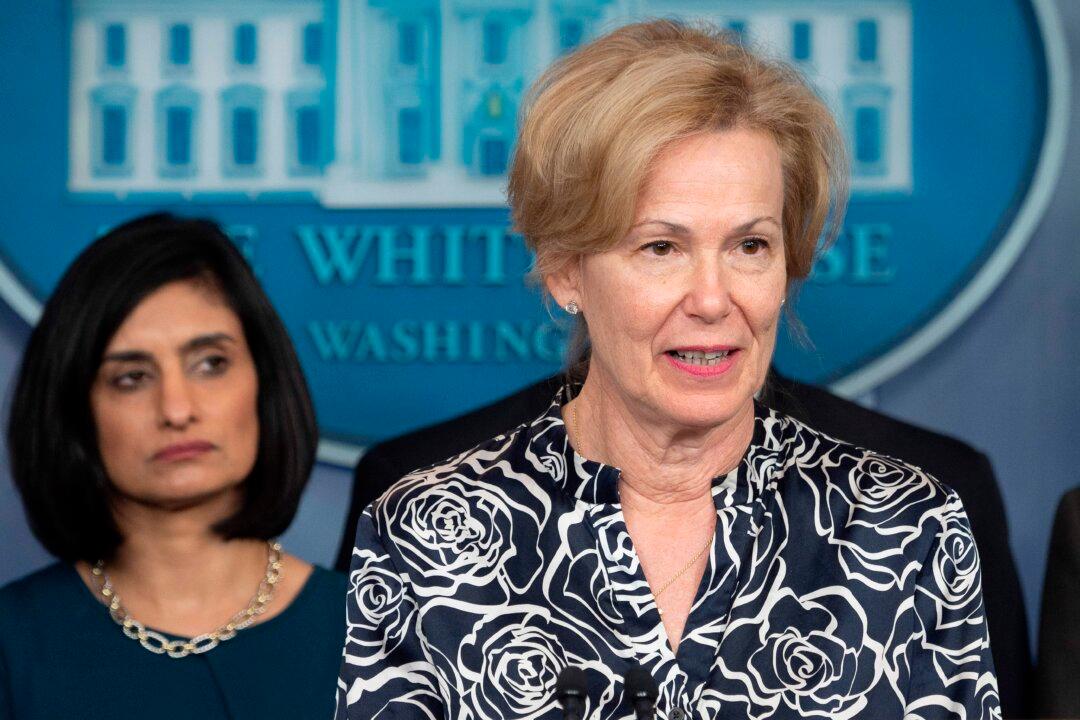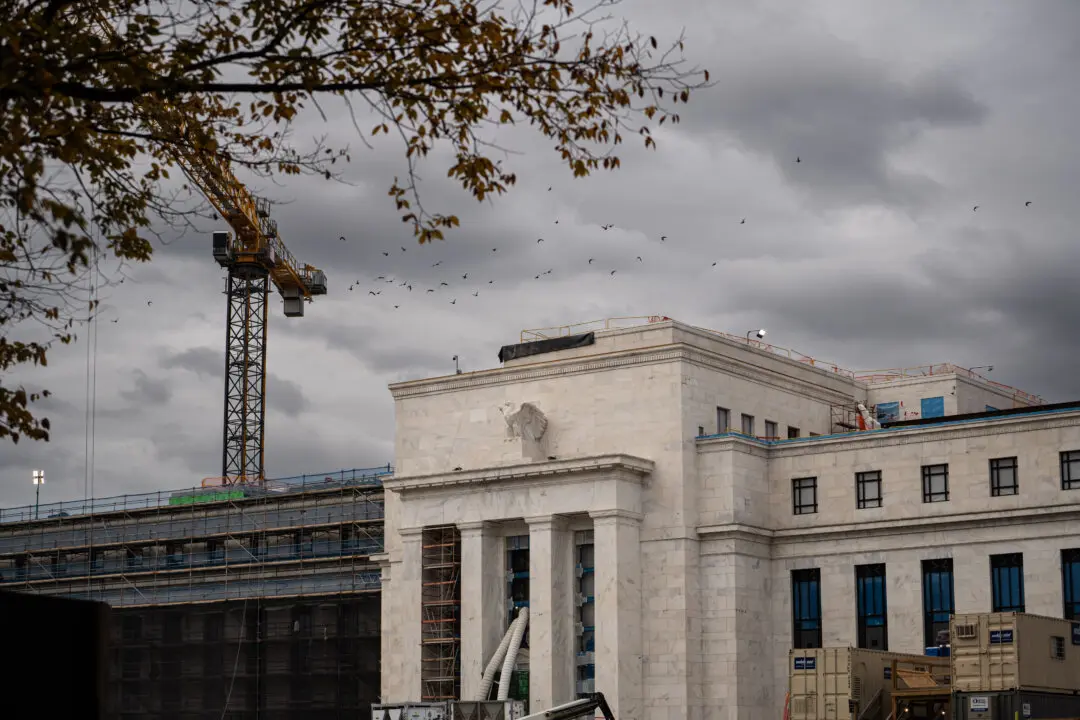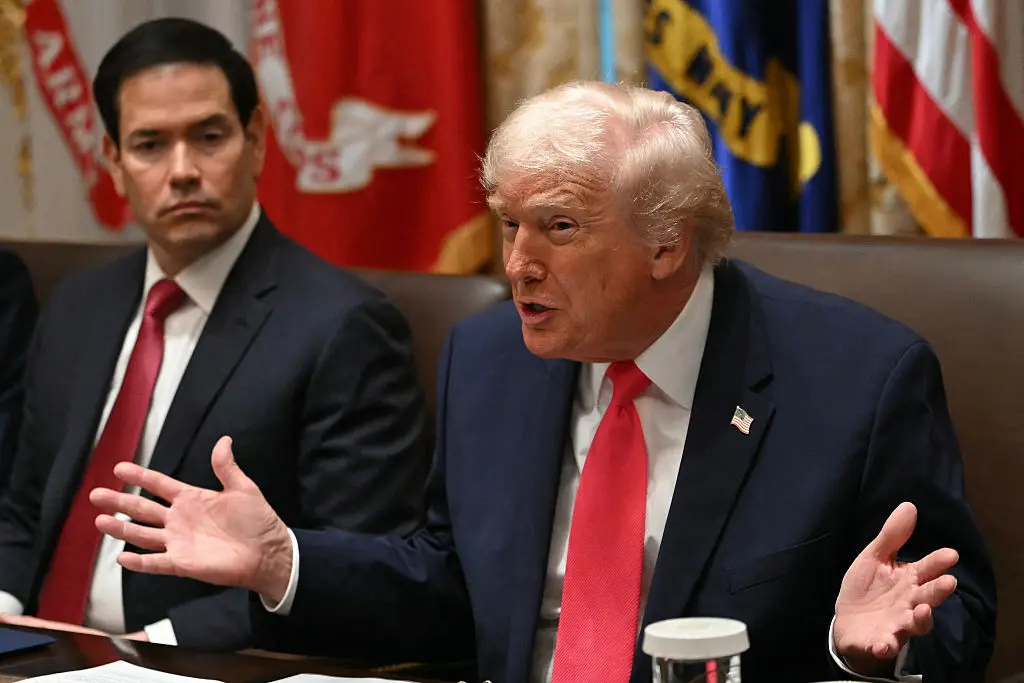WASHINGTON—The United States will begin to see a “spike” in the number of confirmed cases of COVID-19 as the nation ramps up its testing capacity this week, the White House coronavirus response coordinator warned on March 15.
“So you will notice, as these tests roll out over this next week, we will have a spike in our curve,” Dr. Deborah Birx said at a press briefing by the White House Coronavirus Task Force.





